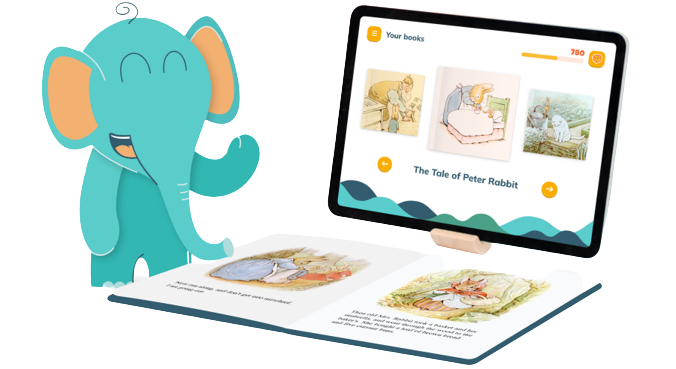Whole Language Approach:
The whole language approach focuses on the need for motivation and engagement in order for a child to learn to read. It encourages children to develop reading skills through exposure to authentic, high-interest texts and comprehension activities. Whole-language emphasizes the use of context cues, sight words, and meaning-based strategies to read. Advocates for this approach believe that it fosters a love for reading and promotes meaningful engagement with texts (see this definition from the Encyclopedia of Child Behavior and Development).).
Striking a Balance:
After several years of the whole language vs. phonicss battle, an argument arose for a balanced approach to reading instruction in the lat 1990/s. Incorporating elements of both phonics and whole language, the idea of balanced literacy was to combine phonics instruction with opportunities for reading authentic texts to provide a comprehensive and well-rounded reading experience.
Though the idea of balancing aspects of both approaches makes sense, evidence has shown that phonics instruction, especially in the early years of reading instruction, is far more effective in predicting strong reading outcomes later in life than whole language instruction. Even the educator who first coined the term envisioned the “balance” being the whole language strategies are great for motivation to read, but phonics was better for actual instruction in reading.
That brings us to the present day, where the main shift has been to use the vast body of interdisciplinary research on how our brains acquire, process, and comprehend written language to inform which instructional practices to use with young readers, aka the Science of Reading movement.







.jpg)
.svg)


.svg)








